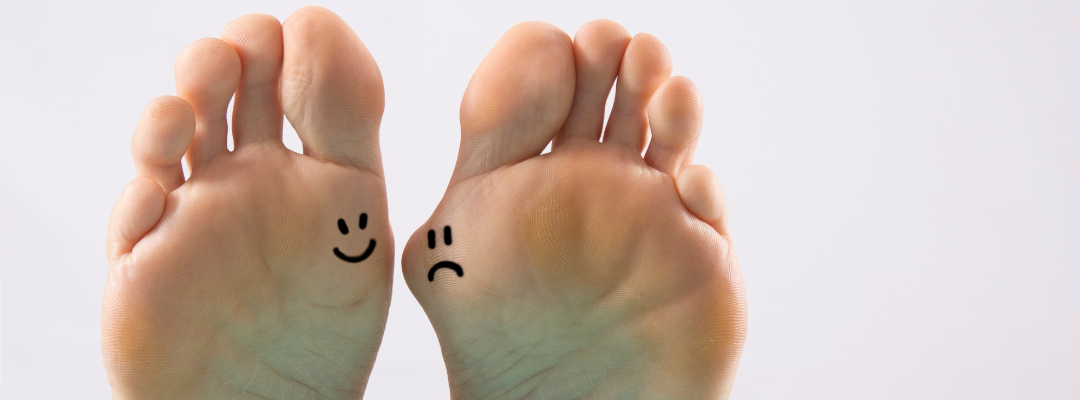Bunions and Bunion Surgery: Everything you need to know
Mr Ewan Kannegieter is a Consultant Podiatric Surgeon with over 20 years’ experience operating on and treating foot conditions. He is based at Phoenix Hospital Chelmsford in Essex.
24th to the 30th April is Foot Health Week.
Bunions are a very common foot problem with up to 30% of adults developing some degree of bunion deformity at some point in their lives. Bunions can be painful, unsightly, and uncomfortable. If left untreated, they may worsen and lead to footwear fitting problems, crowding and buckling of the other toes, arthritis within the bunion joint and increasing pain.
If you are considering bunion surgery, it is important to understand the causes, symptoms, and treatment options. In this blog post, Mr Ewan Kannegieter will review the causes, symptoms, diagnosis, and treatment options.
What is a bunion?
A bunion is a shift of 2 bones – the 1st metatarsal and the base of the toe, where they form an offset angle. When they shift they can cause a bony enlargement or bump. The bunion can be painful as it can cause inflammation and tenderness when walking or wearing certain shoes. A bunion can also lead to other problems such as corns, calluses, hammertoes, and arthritis.
Causes of bunions
The cause of a bunion is thought to be genetic, for example you may have inherited a particular foot type. Years of wearing tight or uncomfortable shoes may exacerbate a bunion, but is not the initial cause.
How are bunions diagnosed?
Diagnosing bunions requires both a consultation with a foot specialist and an x-ray of the foot. X-rays are used as a baseline investigation to chart the degree of deformity or severity and also help to review any arthritic change within the foot, the length of bones, bone stock/quality and changes to other parts of the foot including the lesser toes and arch.
How are bunions treated?
Treatment options for bunions range depending on severity. Conservative treatments that may help relieve pain and discomfort include changing shoes, using orthotics, taking over-the-counter pain medications, or injections for pain relief.
Bunion surgery
In some cases, surgery may be recommended as a treatment for bunions. The goal of surgery is to improve the alignment of the big toe joint. Commonly performed surgeries include osteotomy (moving and reshaping bones) or fusion (joining two bones). Depending on the extent of the deformity, additional procedures may be necessary. There is an increasing move toward minimally incision surgery (MIS) for bunion correction.
Recovery from bunion surgery
The recovery process following bunion or hallux valgus surgery will vary depending on the procedure performed and how extensive the surgery was. Generally speaking, patients should expect to wear a post-op shoe or boot for 2-3 weeks with immediate heel weight bearing being allowed shortly after the operation. Crutches can be issued if helpful, but are often not necessary. Although patients often transfer into a sneaker/trainer shoe at around 2-3 weeks post-op, bone takes 6-8 weeks to heal and this should be kept in mind when considering return to work and activity. The pros, risks and recovery of any surgery will be discussed with you at your visits to the hospital.
When to see a foot surgeon about a bunion
If you’re experiencing any of the following symptoms, it’s time to make an appointment with us:
- Pain or discomfort that affects your daily activities
- Changes in the shape of your foot, e.g. the bunion is now buckling the lesser toes
- You have exhausted at home conservative measures
To learn more please visit www.kannfootsurgery.com
To book an appointment with Mr Ewan Kannegieter, please call Nikki Freeman on 07808 643950



